Oh, just how unlucky can you get? I only had one full day in Macedonia to go to Ohrid, the most beautiful place in the country according to travel bloggers and the locals that I talked to, and on the day I went, I experienced more wind than I ever have before (maybe apart from on the Faroe Islands) and it also rained hard all day! But the village was still as beautiful as I had hoped and I could definitely imagine how lovely it would be on a summer day.
With over 42,000 inhabitants, Ohrid is the largest city on Lake Ohrid and the 8th largest city in Macedonia. Ohrid once had 365 churches and chapels, one for each day of the year, and quite a few of them can still be seen in and around the city center. Both Ohrid and Lake Ohrid are inscribed on the UNESCO World Heritage Sites list as one of only 28 sites that are listed as both a cultural and natural site.
Ohrid has long been the most popular place in Macedonia for tourists and locals on holiday. I’d only heard great things about the place, so I knew that I had to see it for myself, despite it being three hours away from Skopje.

On my second and last day in Macedonia, I caught a bus to Ohrid at 9 AM after a nice sleep in at the hostel. The return ticket cost me only 680 MKD (82,5 DKK) + 30 MKD (3,5 DKK) to reserve a seat on the way back to Skopje, when I was actually expecting to pay much more! Macedonia is crazy cheap.
The bus ride to Ohrid was beautiful, going through most of tiny Macedonia with mountains on both sides of the road. Unfortunately, it was raining for most of the trip, so my photos didn’t turn out so great.

The rain hadn’t stopped once we reached Ohrid. Still, I didn’t let that stop me from seeing the city. After all, I had just travelled for three hours, so I wasn’t about to waste that time spent! The bus station is located a few kilometers outside the center, so it was interesting to see the change in buildings that got cleaner and less run-down the closer to the “tourist” center I got. Ohrid, just like Skopje, has a beautiful center, but everything else around it is practically in ruins.

For once, I actually hadn’t got a plan of what to do or see in Ohrid, well apart from the beautiful St. John’s Church, which is the main thing that tourists flock to Ohrid to see. I just wanted to stroll around the city and stop at the beautiful and interesting things I came by. And thankfully, there was enough of them in Ohrid.
When coming into the city on the bus, I noticed that there was a fortress on top of a hill overlooking the city! I love a great view and I’m also a sucker for anything old, so I decided to walk up to the fortress first! Up and up I went, step after step, until I was finally on top of Ohrid. Up there, the wind was treacherous and I had to be really careful when climbing to the top of the fortress.
Samuel’s Fortress was built in the 10th century on the place of an earlier fortress from the 4th century. The fortress is extremely well preserved with 18 towers and four gates still remaining from the original structure.
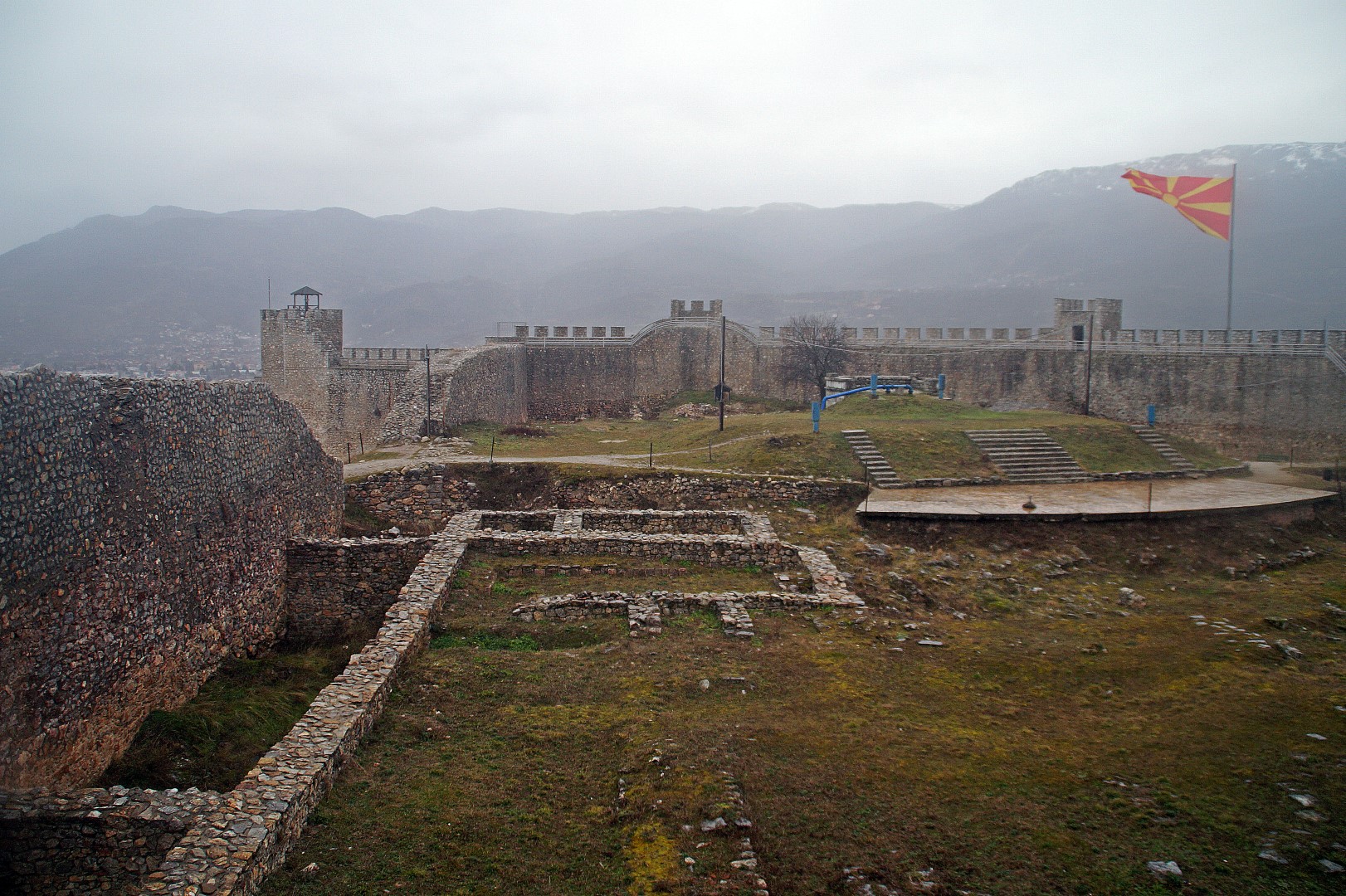
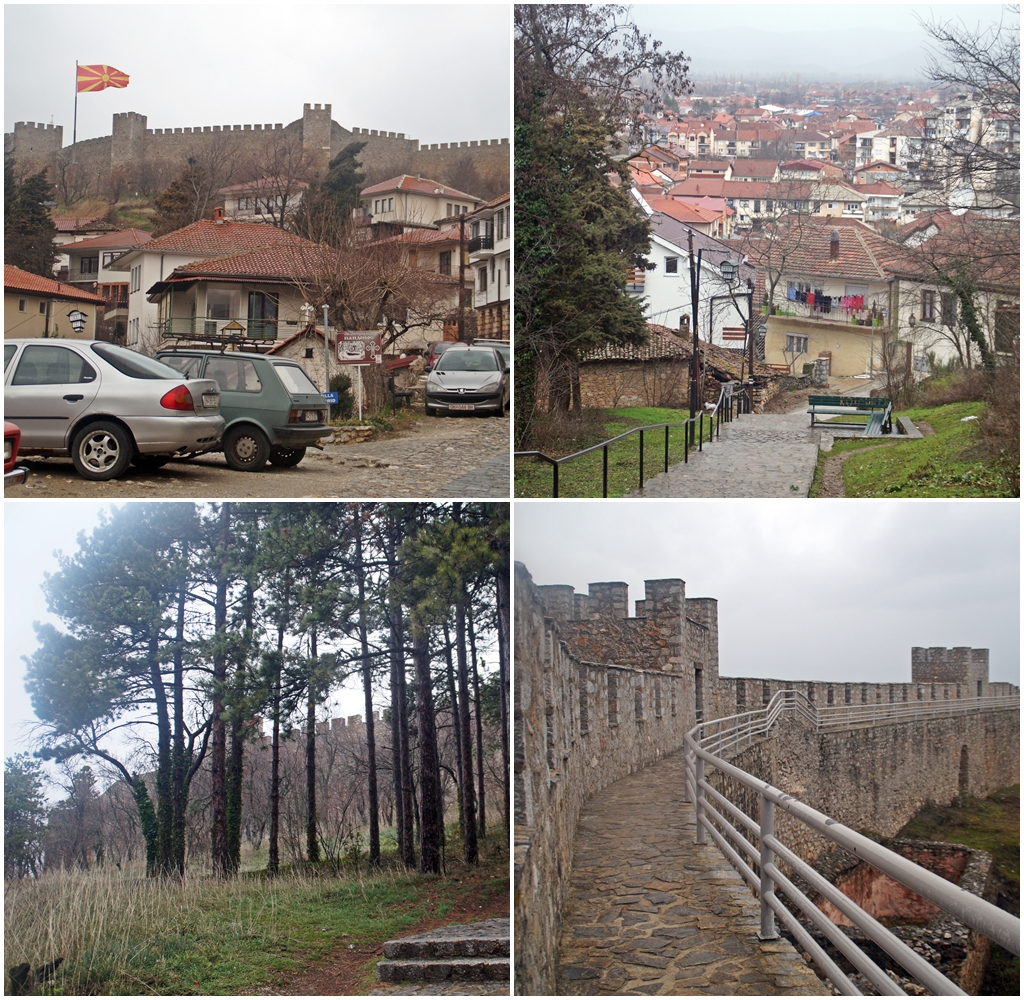
The view from the top was just as great as I had hoped, overlooking the entire bay. Standing up there, trying not to fall over in the wind, I imagined what it would be like to be there in the summer. I imagine it’s quite a bustling city with a great nightlife, hiking opportunities in the mountains and amazing beach spots!
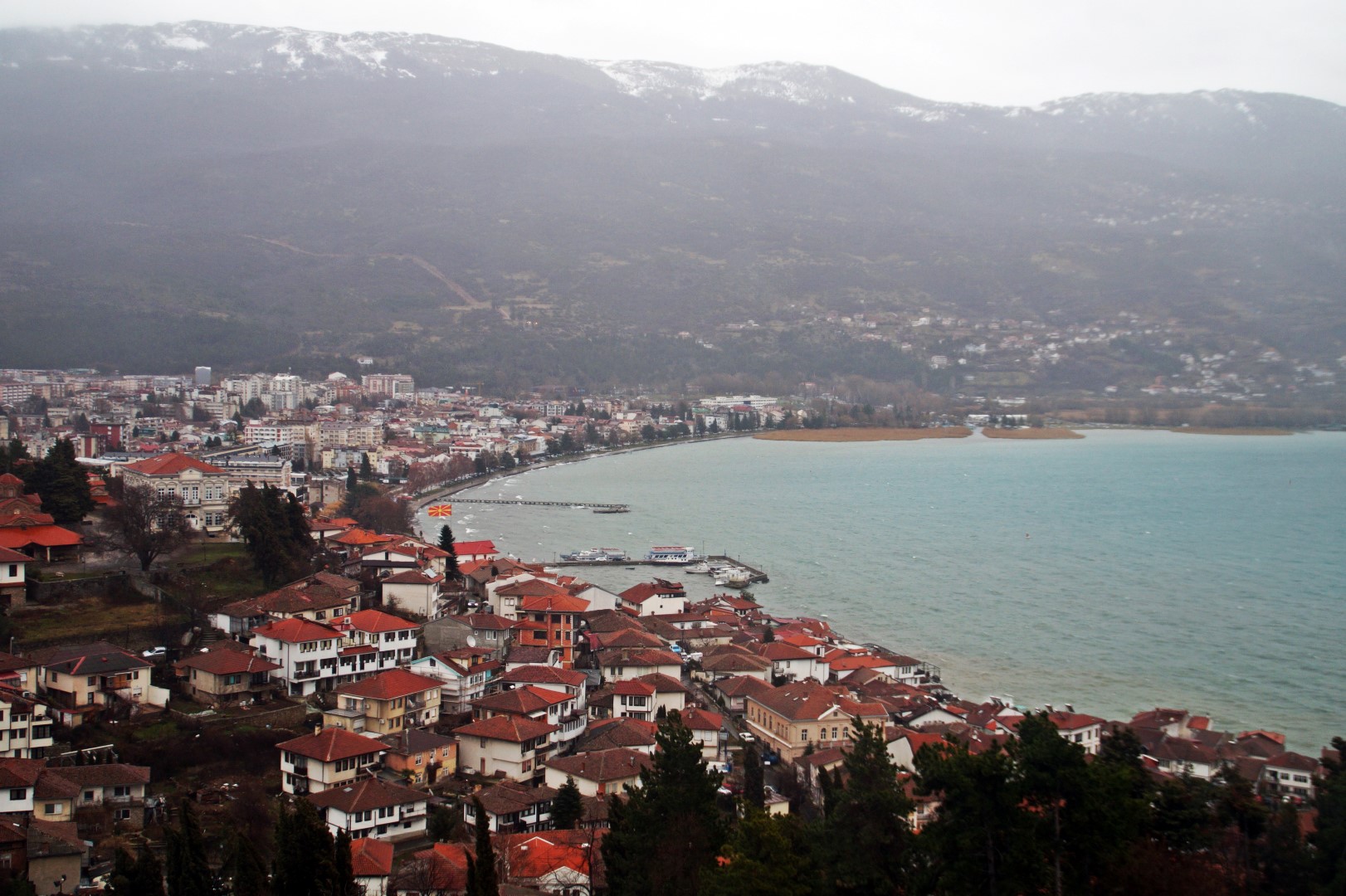

A few hundred meters from the fortress lies an ancient theatre, which dates back to the Hellenistic period, built in 200 BC. Two hills surround the theatre, protecting it from winds that could potentially interfere with acoustics, making it the perfect location for a theatre.
During the Roman times, the site was also used for gladiator fights, and later also for executions of Christians by the Romans. Because of this, the site was abandoned and buried by the locals, allowing for the lower section of the theatre to be extremely well preserved. It was discovered by accident in the 1980s, and today, the theatre is used for plays, concerts, operas etc.

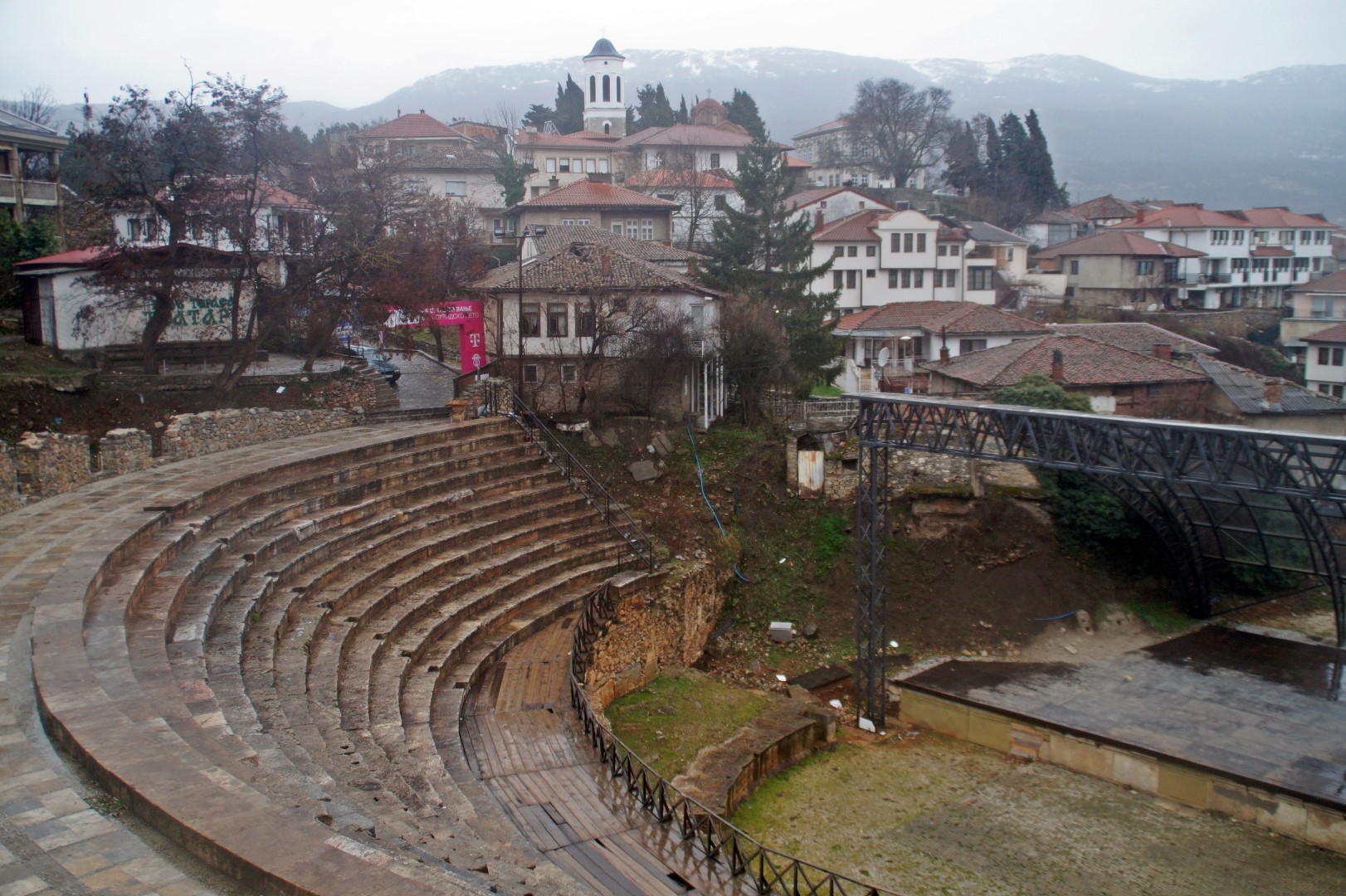
Right below the fortress, I noticed that there’s a church, which looks quite a lot like those pictures I’d seen of St. John’s Church, but it was much bigger than I’d imagined. Stupidly, I’d forgotten to look up the name of the church before going to Ohrid, so I didn’t know at the time that it was St. John’s Church that I wanted to see. Thinking this was the church, I felt quite disappointed as the view just wasn’t as great as in the pictures. Quite the contrary, as there were run-down buildings in the way of the perfect view – but also an archaeological excavation right outside the church! Still thinking I was at the right spot, I walked into the church and discovered a beautiful interior, which I unfortunately wasn’t allowed to photograph.
The church is actually the Church of Saints Clement and Panteleimon. It’s a Byzantine church, which archaeologists believe is situated on top of the site where the first students of the Glagolitic alphabet were taught.
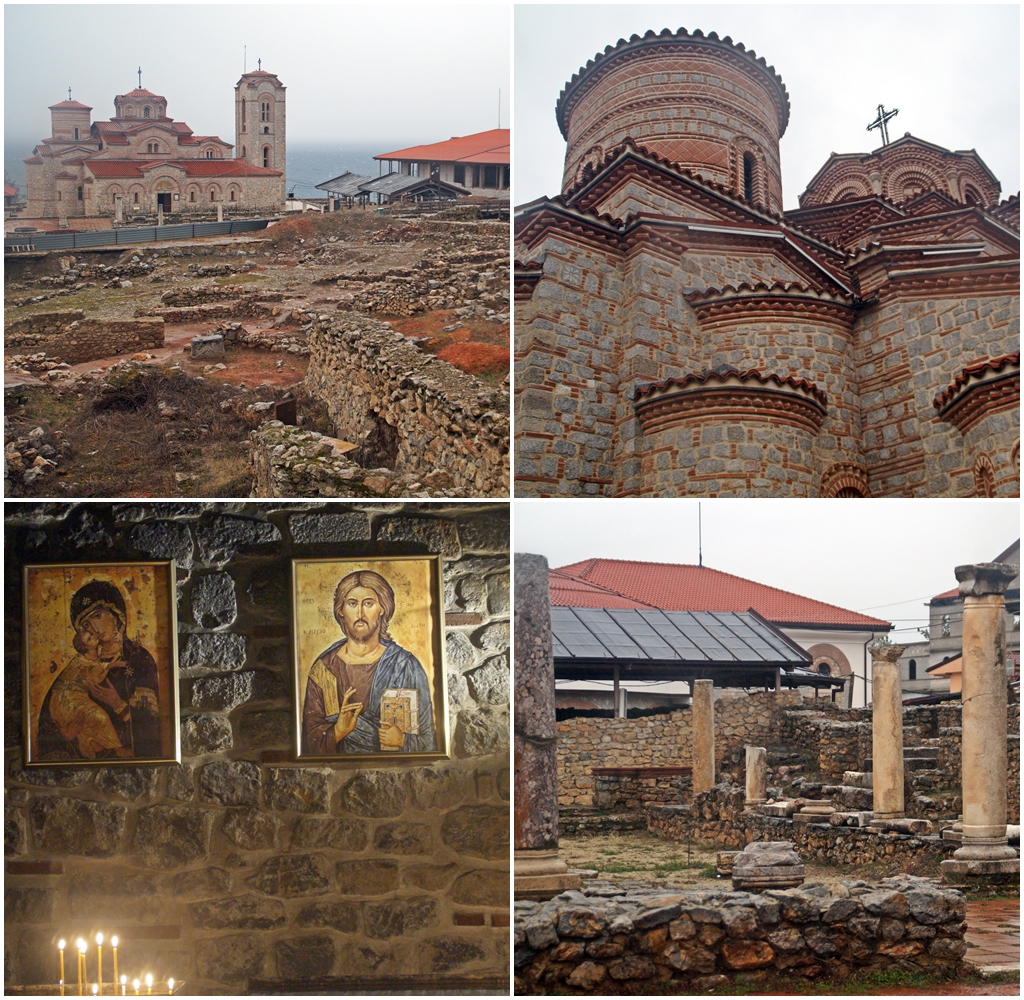
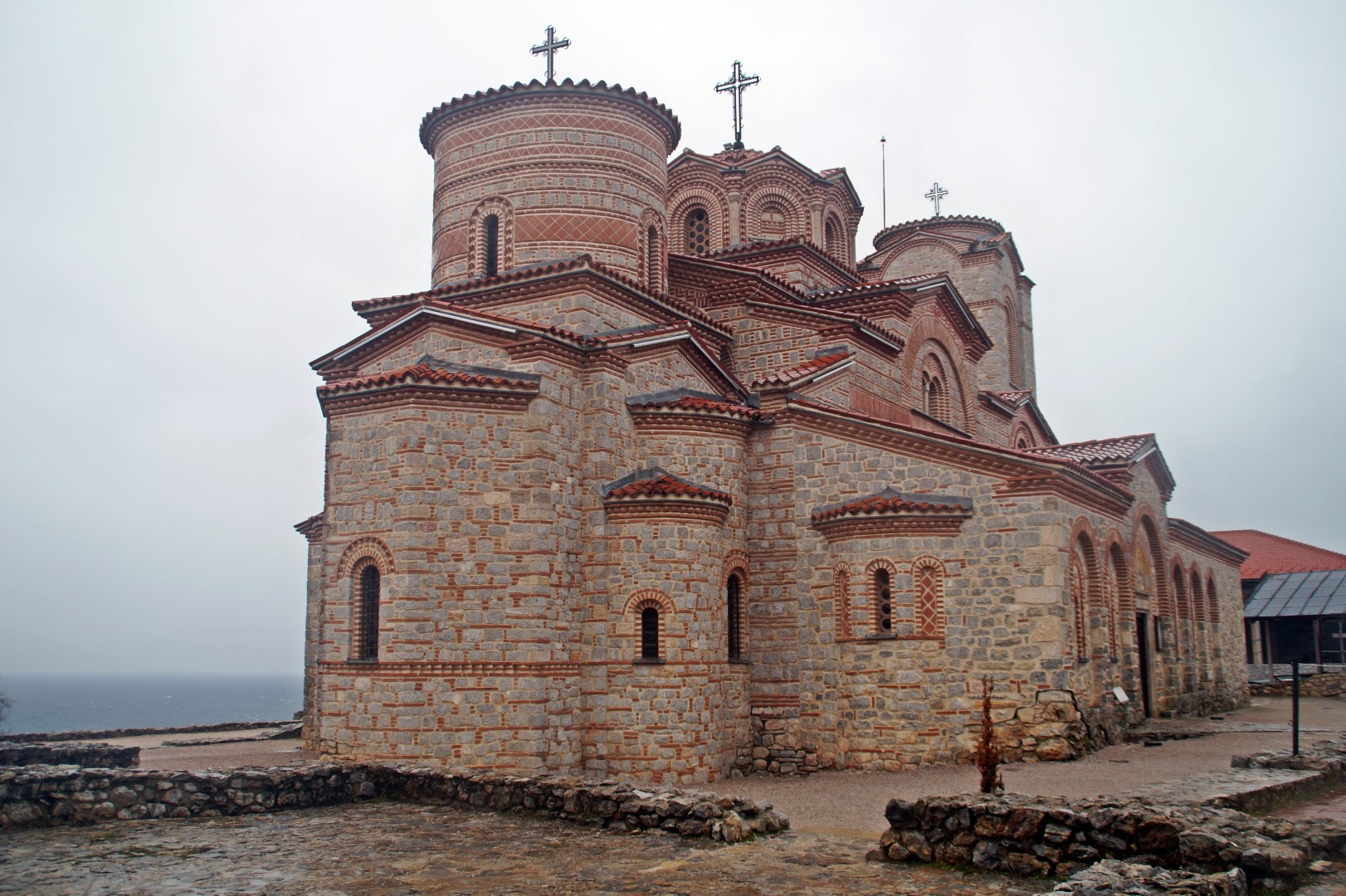
I was walking back down the steep streets towards the city center, when I came across a sign pointing to the right. It read “St. Johns Church”. I debated whether or not I wanted to go that extra kilometer or so to see something I didn’t know what was – I still didn’t realize this was THE ONE – but thankfully, something (I don’t know what) made me go there! I guess I just figured that I might as well see as much as possible of Ohrid, since I was there, despite the rain and wind.
I can’t even begin to describe how glad I am that I decided to make that right turn. This was the spot, this was it!! I found it. And now it all made so much sense. I really understood why it’s so famous, because it really is quite quaint and cute to look at. And the location of the church is just spectacular. If I was to build a church, I’d choose a location like this, overlooking the lake at a quiet and lonesome spot!
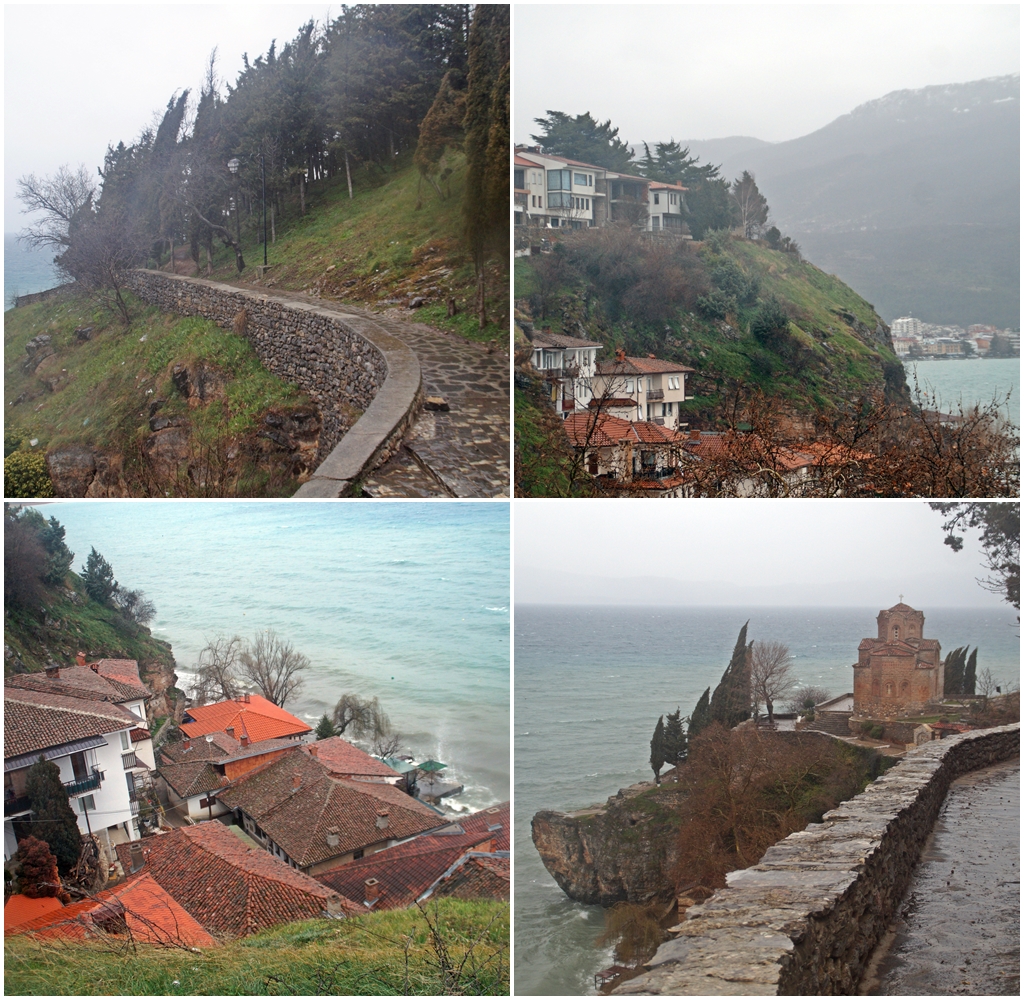

The tiny Macedonian Orthodox church is dedicated to John of Patmos, the writer of Revelation, who some believe is the same person as John the Apostle. The dating of the church is unknown, but documents push it back to at least 1447.
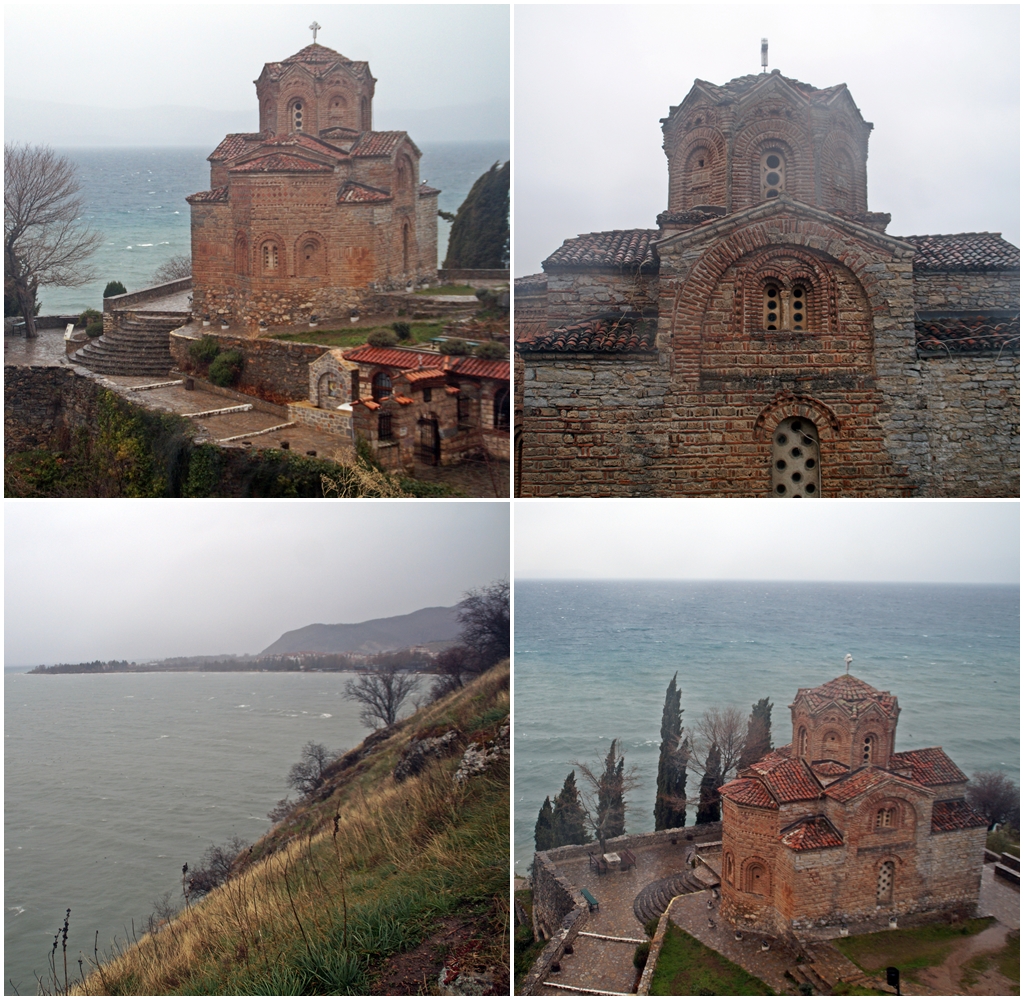
I so wanted to stay at the beautiful church, and I figured it would be the perfect place to watch a sunset, but I was getting too drenched, so I had to leave after a few moments.
I walked down through the narrow cobbled streets and came past some houses that reminded me a lot of the Ottoman styled houses in Gjirokastra, Albania. I know there are many Albanians in Macedonia, but it was a surprise to see characteristic Gjirokastra architecture in Ohrid.

I walked down to the harbor, where I saw a sight that literally blew me away – and drenched me even more. The waves were SO BIG, crashing into and over the lake promenade! I got soaked several times while trying to capture them, haha. Goes to show just how windy that day really was!


I got back to the bus station already at 3.15 PM. When I arrived in Ohrid, I thought my chosen departure time of 4.30 PM would come far too soon, but boy was I wrong, haha! If it hadn’t have been raining and so damn windy, I’m sure I would’ve stayed for longer in the center of Ohrid and especially at the St. John’s Church.
It was actually quite an experience seeing Ohrid in terrible weather. At least now I’ve seen something that most tourists haven’t, although I’m sure that Ohrid is a true gem in the summer time!

How to reach Ohrid from Skopje
- Catch a bus from the main bus station in Skopje. There’s a bus timetable here, but there’s also another company, Delfina Turs, which I somehow ended up going with. Buying a ticket at the counter in the bus station is easy, as they speak English! You can buy a return ticket straight away, which doesn’t run out until a month later! It takes about 3 hours to reach Ohrid. The price for a return ticket is 680 MKD.
- When you get to the bus station in Ohrid, you can go into the small ticket office to reserve a seat for a return bus. The price is 30 MKD.
- Don’t miss out on St. John’s Church! Get a map to see where it’s located or simply follow the many signs that you’ll see throughout town. The entrance fee is 100 MKD, although it wasn’t open when I was there.
- The fortress costs 60 MKD for adults and 20 MKD for students to enter, and the Church of Saints Clement and Panteleimon costs 100 MKD to enter, although there was no one at the ticket counter, so I got in for free there! In the winter time, you might be as lucky as me, but don’t count on it during the summer.

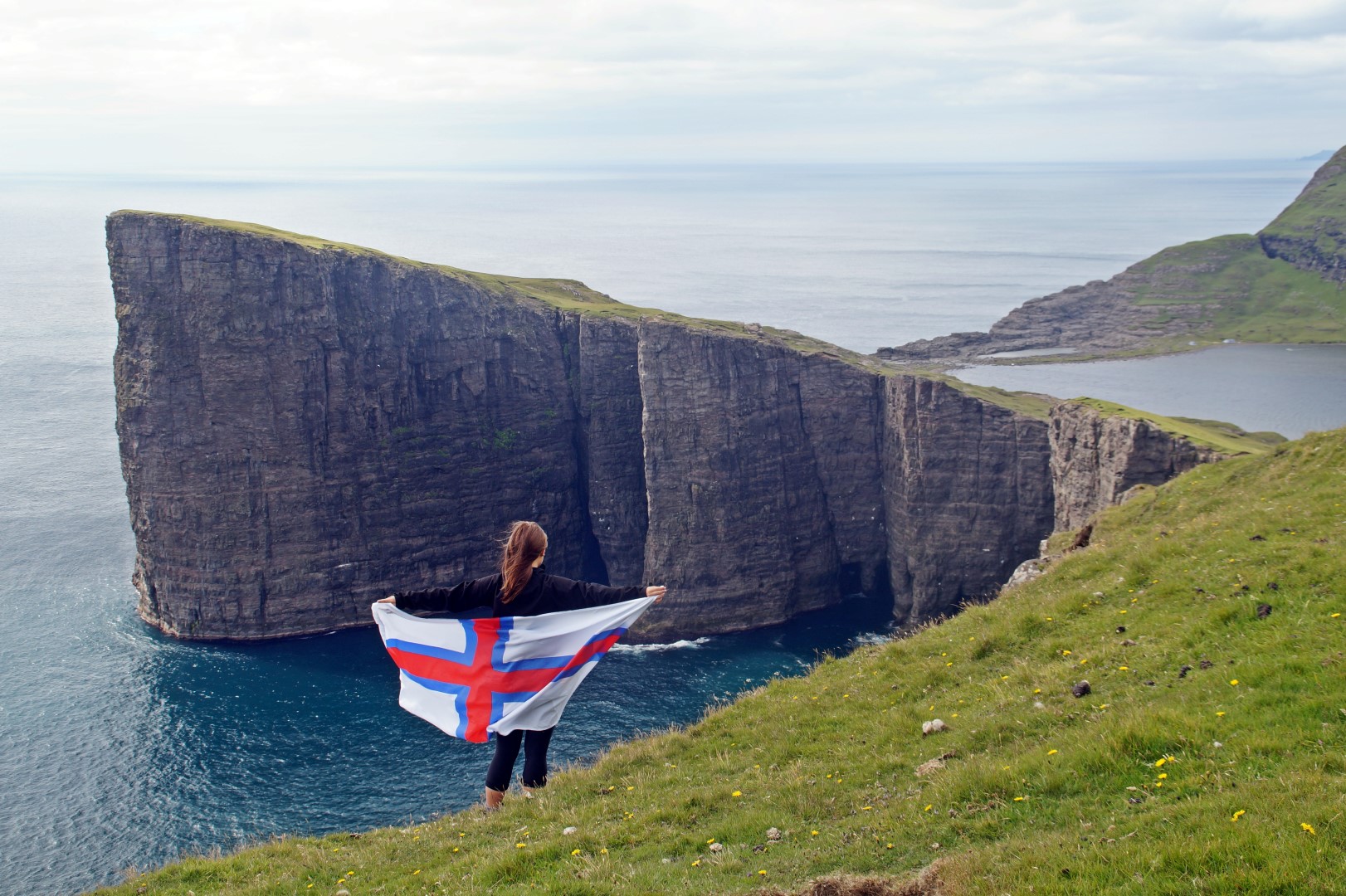

Leave a Comment